How to Piss People Off and Make Enemies
Part 4 of the Eight Mental Aims Series: Honesty (Part 2)
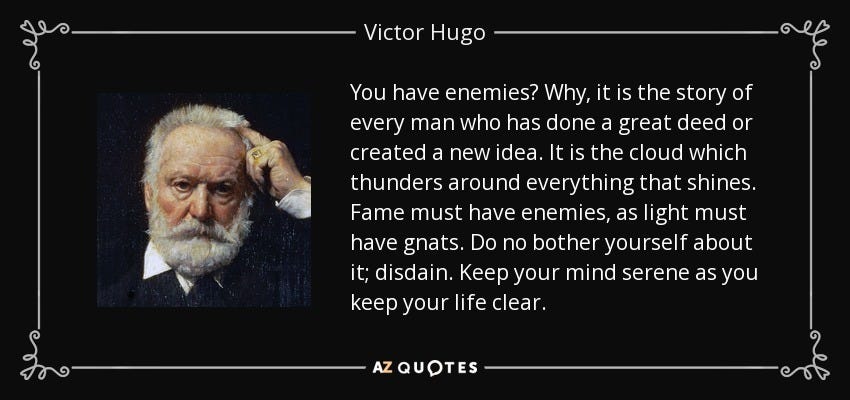
honesty: /ˈɒnɪsti/
the quality of being honest.
(Sigh.)
honest: /ˈɒnɪst/
free of deceit; truthful and sincere.
“You drank the whole bottle of Polish vodka? Honestly, I don’t know if I should be impressed or worried.”
This is not my first article on honesty, but the first one I wrote focused on the actions of an individual who had been kicked out of Kajukenbo decades ago by Sijo based on alleged crimes against children. (In 2014 that old decree was reiterated.) In that article I focused on the challenge of honesty in dealing with evil in our own lives, in our own art.
This article will spread out to talk on honesty itself in the life of a fighter.
Last time I also gave a couple examples of the minor challenges we face in Kajukenbo when it comes to honesty, but instead of saying those again I’ll link you to two listicles that I think upset a couple people. (Here, and here.) If you’ve gotten upset upon learning some of the mistakes in what we thought was our history, it may be you’re not being honest with yourself.
The fear of being told that the facts you know are wrong…that fear is real. And that fear is key to understanding why honesty is so important to martial artists.
Like usual, first let’s address the fight world for the Five Finger Overcompensating Death Punch Group. (If you don’t catch that reference, check out parts 1 to 3 of our series on the Eight Mental Aims.)
Remember That Time Your Favorite Fighter Got His Ass Beat?
The most obvious example that honesty is important in the martial arts is the fallout from the early days of the UFC, first organized in 1993.
UFC was not the first mixed martial arts event. Not by a long shot. But it was the first regular event to build such a solid fan base, as around 2005 it became TV-friendly enough to regularly get mainstream coverage.
The fallout I mentioned came from the sudden hard evidence that a bunch of the mysterious martial arts of the mystical far east had long been watered down and dressed up like Cee Lo Green at the Grammys, only for them to be mugged and left for dead in a dark New Orleans alleyway by arts that had focused on realistic training.
This did not, and still does not, go over well with many traditionalists.
Rationalization takes hold at this point, and that’s where honesty gets lost. Excuses for these traditional arts would start being made, complaining about how unfair things were for them. “The gloves were too thick and gave strikers a handicap”, “real fighting techniques like eye gouges were no longer legal”, and of course: “BJJ is gay”.
As grapplers started dominating fights and the excuses rained down, MMA evolved. If you’re not a fan of wrestling, don’t worry: At UFC 60 in 2006, Royce Gracie (a flagship fighter for Jiu-jutsu’s superiority over striking arts) was defeated by Matt Hughes via TKO. Gracie had fallen into the same trap and focused on wrestling while the upcoming MMA athletes started more efficiently mixing striking and wrestling together.
If you’re a striker and still depressed about wrestling’s takeover of the martial arts world (and market), take some refuge in Keith Hackney, a White Tiger Kenpo Karate black belt who gave an amazing performance at UFC 3 and 4. Hackney defeated a 616 pound sumo wrestler named Emmanuel Yarbrough with palm strikes and punches. At UFC 4, he tapped Joe Son out with repeated groin strikes and went on to put up a great fight against Royce Gracie before getting tapped out.
Aaaaaaand, sorry…some honesty for you. Matt Hughes’ base was wrestling, and Keith Hackney started the martial arts with wrestling, boxing, and Taekwondo.
If you’re a striker, does it depress you that wrestling is more successful in MMA competitions? It shouldn’t. You’re not just a “striker”. You’re a fighter. Be honest with your strengths, your weaknesses, and your reasons for training. Be honest with the strengths and weaknesses of your art and your gym. Adjust your training appropriately.
Learn to Walk Before You Run
It’s easy to get excited and give yourself a goal you can’t reach. It’s also easy to set a goal and give up on it. These two together are where honesty and integrity meet on the mats.
I used to go to a church that would fast every 40 days before Easter. Fasting has physical benefits, as well as spiritual ones for those who believe in the spiritual. The church tried to encourage people during this time by having a big calendar/chart on the wall, where people could sign their names on the days they chose to fast. The idea was a bit of accountability and a bit of encouragement for each other.
And every year, there would be a handful of the congregation who would sign up for all forty days. And every year, as the forty days went on, more and more of the congregation would scratch their names out.
Don’t let your excitement give you too big a goal. Start small with something you honestly know you can eventually achieve, and work from there; you can aim for the stars once you’ve reached the summit. This is the same with your goals on the mat: be honest with who you are, what you can achieve, and what you want to achieve.
What this does is streamline your training. Are the methods and instructors in your life really helping you get where you want to get? Are your forms really helping you learn to defend yourself against an experienced mugger, are your MMA training methods going to leave you free of CTE when you get older, and do either of those line up with your main purpose?
Be honest when you answer those questions.
You Won’t Believe What Google Showed Me
Honesty has nothing to do with your self defense techniques. If anything, you want to be dishonest with anyone you fight. The last thing you want is for them to know what you’re going to do and what you’re thinking.
But a few more facts to remember are in order, as we move away from the dojo out into the real world:
Again, there is no evidence that any of the founders of Kajukenbo trained in Japanese/Okinawa Karate. Some Kajukenbo guys don’t like hearing this.
Wearing a Japanese gi is not necessary for learning how to fight. They’re incredibly helpful for working Judo and Jiu-Jutsu but it’s good to keep in the back of your head that if you have to defend yourself in the streets your attacker may not be wearing clothing with such good grip. If you’re in Arkansas they might not be wearing any clothing at all. More importantly though, wearing a gi does not make you learn how to kick or punch sooner. You can learn Karate and Kenpo strikes in a T-shirt and shorts just as quickly.
A lot of people who think they can defend themselves actually can’t. To look for statistics, I opened Google and typed “percentage of men who think they can fight” and Google recommended adding the words “a bear” to the end of that.
…Right.
Apparently, a 2021 poll showed that 6% of Americans think they could defeat a grizzly bear in a hand-to-hand (hand-to-paw?) fight.
A grizzly bear.On August 22, 1931, Carlos Gracie got put to shame by a catch wrestler named Manoel Rufino Dos Santos. Gracie was all around a poor sport during and after their match. After some more back-and-forth following the fight, Dos Santos was ambushed by Carlos, George, and Helio Gracie. Some kind of metal weapon was involved. Dos Santos ended up in the hospital.
The Gracies claimed 1) the attack was in defense of their honor, 2) they did not perform the attack, and 3) they wouldn’t need three people to beat up Dos Santos. After 10 days in jail, the three Gracies were given a presidential pardon due to political connections. Politics.
This was not the first time the Gracies ambushed someone who made them look bad. For more information on their dark past, check out this article by Josh Simon.James Mitose, who many Kenpo and Kajukenbo artists trace their lineage to, is thought to have been a conman who may have even worked in human trafficking. He spent his last days in prison after a student of his committed murder, possibly at his command.
As you look at these facts, from the grizzly bear to the Gracies’ contradictory and meandering claims, you’ll start to see the everyday patterns of dishonesty in the human psyche. Sometimes it’s out of self-preservation, and sometimes it’s out of desperation to not look stupid or weak. As you tell traditional artists that their lineage is marred by crime and unethical behavior, or that the information they learned was incorrect, you’ll see anger and rationalization from some, as they make excuses to keep believing what they want to believe.
This fear of your truth being smashed like a watermelon at a Gallagher show resonates in every aspect of human life. Religion, politics, the martial arts, your family and friends, and even your memories. If you think you know the absolute truth of everything, there’s a good chance you’re wrong. If you never question what you believe, you run the chance of following in the footsteps of the old master who told you to punch the grizzly bear.
In the end, your attitude towards honesty regarding everything you believe is reflected in your entire life. Be true to yourself, and not a slave to what you want to believe.
That takes courage. We’ll talk about that in our next visit to the mental aims.
In the meantime, I’ll link you to Lauren Oliver’s article on honesty, here. She sums it up pretty well.
“…but truth isn’t here to be pretty.
it doesn’t ask for your comfort.
it shows up bloody and barefoot,
tracking grease across your marble floors.
it ruins your coffee date.
it stains the conversation.
it demands presence in a world obsessed with performance.”
Read the rest of her article and let her know what you think. Those of us in the fight world have a lot to learn about honesty.
Feel free to drop a tip if you like what you’re reading:
And check out my books available here if you want to read more.




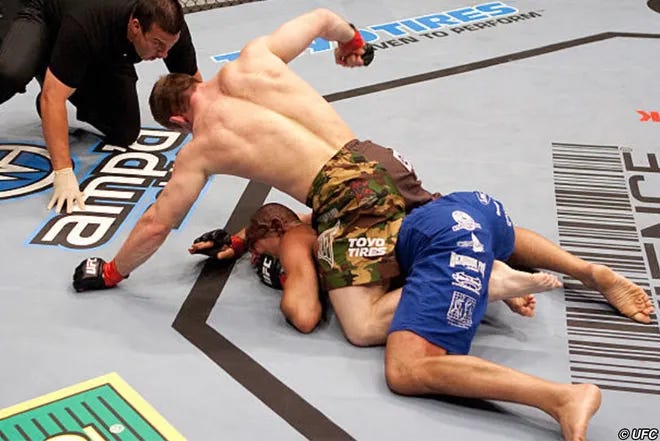
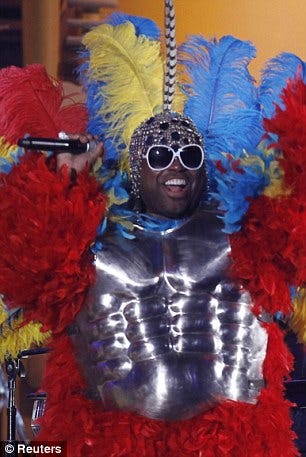

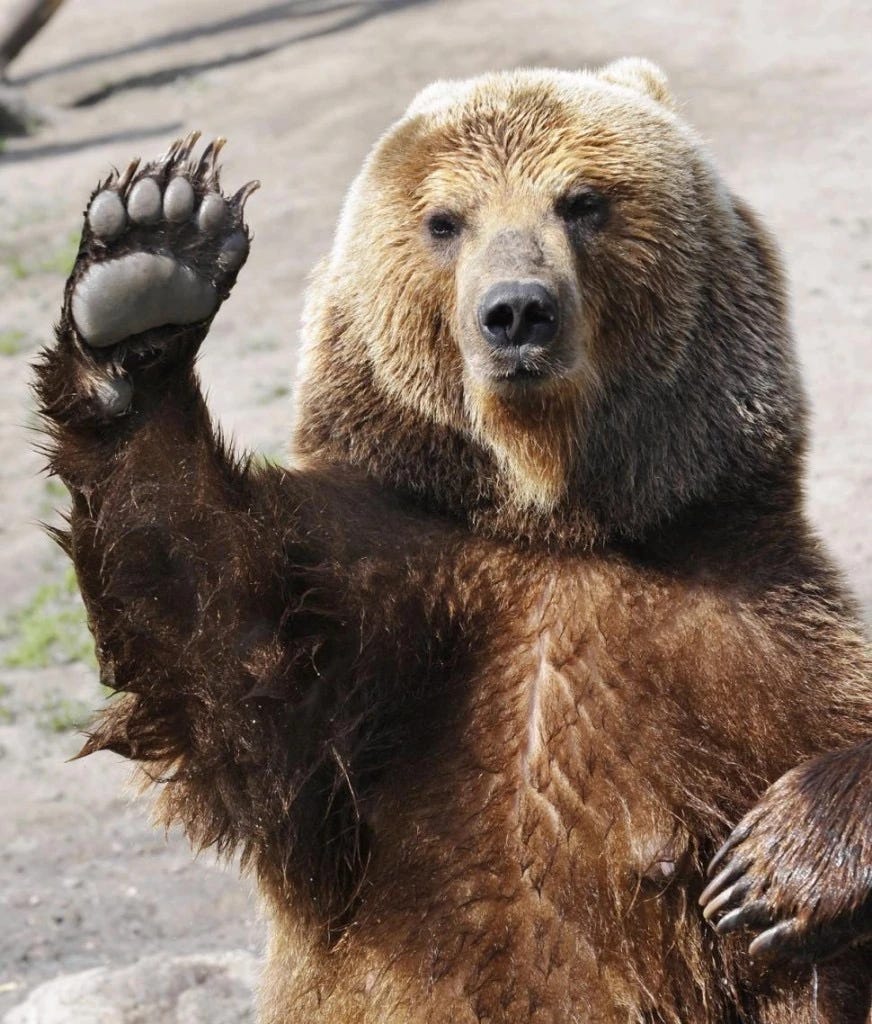
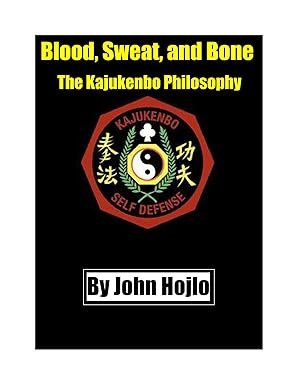
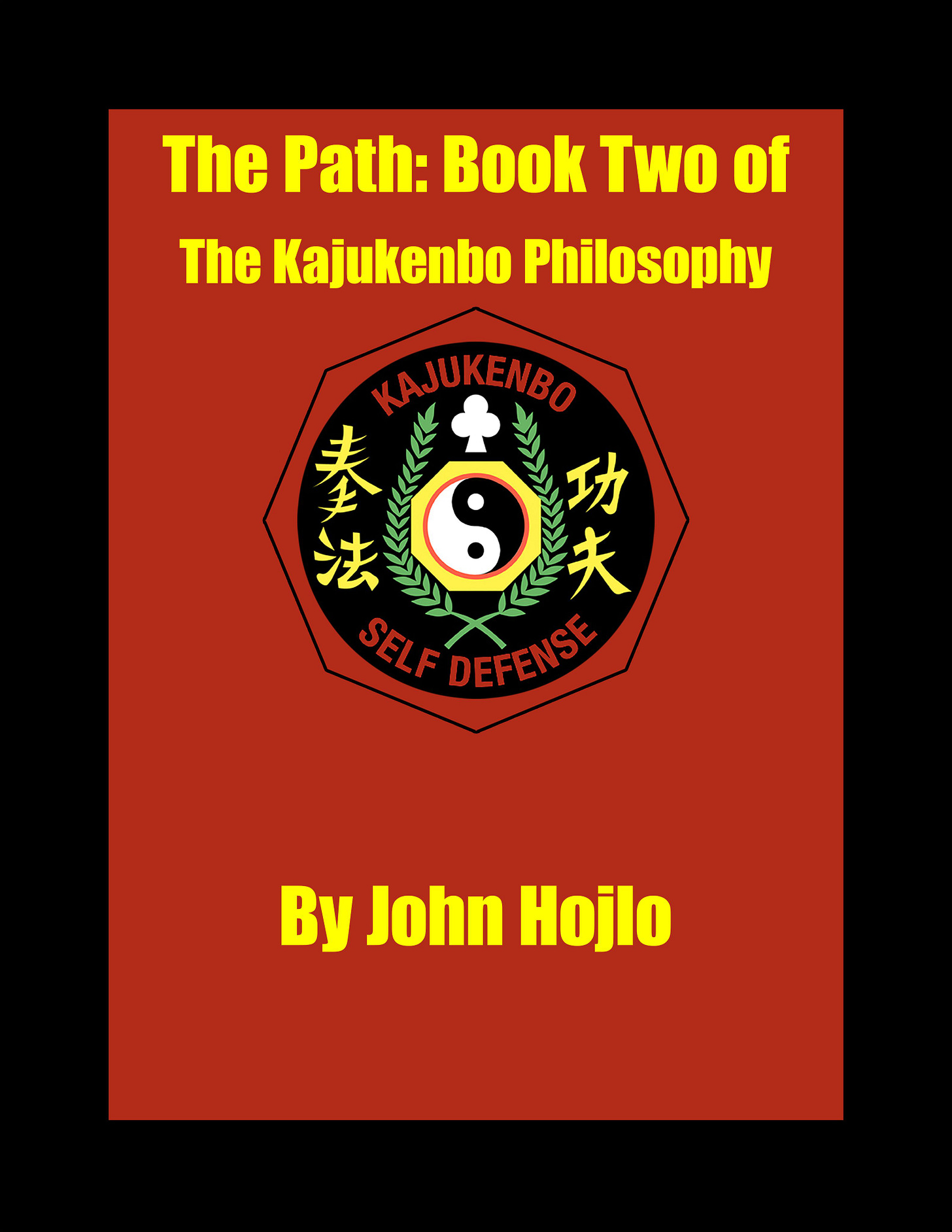
The cee lo green line, one of my favourite so far. Especially as you added the image. 😆